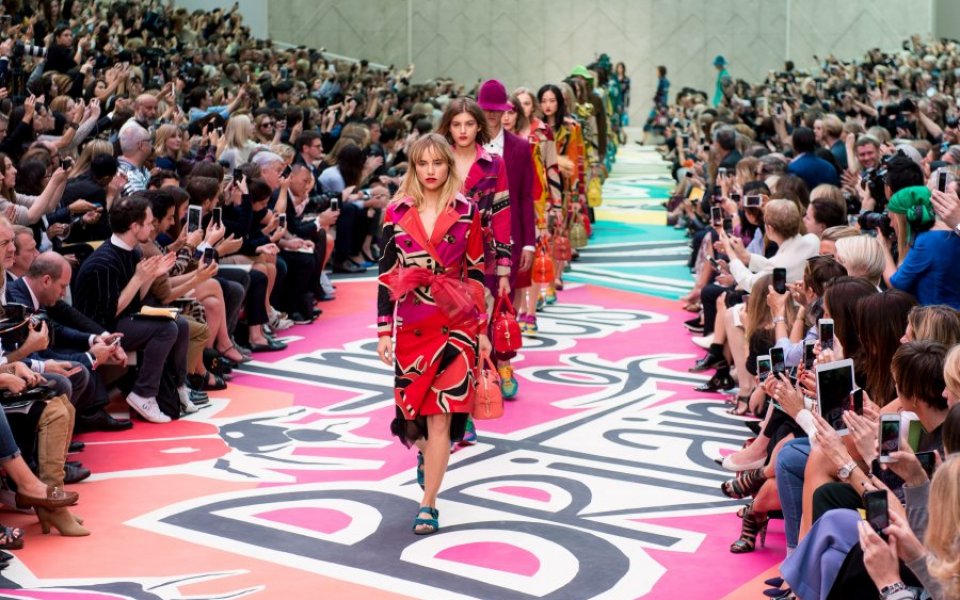As London Fashion Week AW16 nears, designers must pay attention to the increasing problem of copycat rip-offs

As London Fashion Week gets underway, it's another reminder that designers must be vigilant to ensure their coveted designs aren’t copied by high-street retailers.
Today’s copyists are quicker and better than ever before. The minute a model sets foot on the catwalk, a copycat design is already being sketched and, within a matter of weeks, or sometimes days, the copy is in production and on display in high street windows.
Surprisingly, to date there have been relatively few high-profile complaints from designers about high street “rip-offs”. The industry seems to have accepted that lookalike designs are inevitable. For some, such imitations may even be regarded as flattery.
Glossy magazines advising consumers where to buy versions of designer classics on the cheap do not help the situation.
But fashion houses need to think differently about their work and take steps to protect it. Which other industry would invest in the design, creation and launch of a new product, only to allow competitors to produce low-cost copies unchallenged?
Some fashion designers are wising up to the risks posed by copycat designs and intellectual property is being afforded much greater consideration.
In the past week, luxury British brand, Burberry, has commenced legal proceedings against the US retailer, JC Penney, for allegedly infringing its trade mark check pattern. Naturally, the fact that most consumers would readily associate the check pattern with the Burberry brand means the outcome of this may well be a foregone conclusion.
The brand has a strong track record for being vigilant about protecting its visual assets, so this is not an exception.
Meanwhile, the New York-based Ralph Lauren Corporation, which makes the Polo Ralph Lauren range of casual wear, recently blocked clothing designer GBR Polo, of Mid Glamorgan, Wales, from registering ‘GBR Polo’ and ‘Polo JohnBull’ as trade marks in 2014.
Despite these examples, it is rare for such matters to reach court, as most companies prefer to settle without an admission of liability. But some fashion businesses are more willing to enforce their rights.
They are starting to appreciate that high-street copies can affect the value and reputation of their business; resulting in customers choosing to spend their hard-earned money elsewhere.
Most designers are aware that “unregistered” rights, such as copyright and unregistered design rights, already exist in their initial drawings and articles. However, such rights are unlikely to be sufficient to stop imitations appearing on the high street.
Instead they should obtain registered design rights, which are available for a variety of design attributes, such as shape and pattern, as well as for accessories, including jewellery, bags, shoes and belts.
Crucially, such protection is only available for designs that have not been disclosed to the public so fashion designers should obtain it before their designs hit the catwalk.